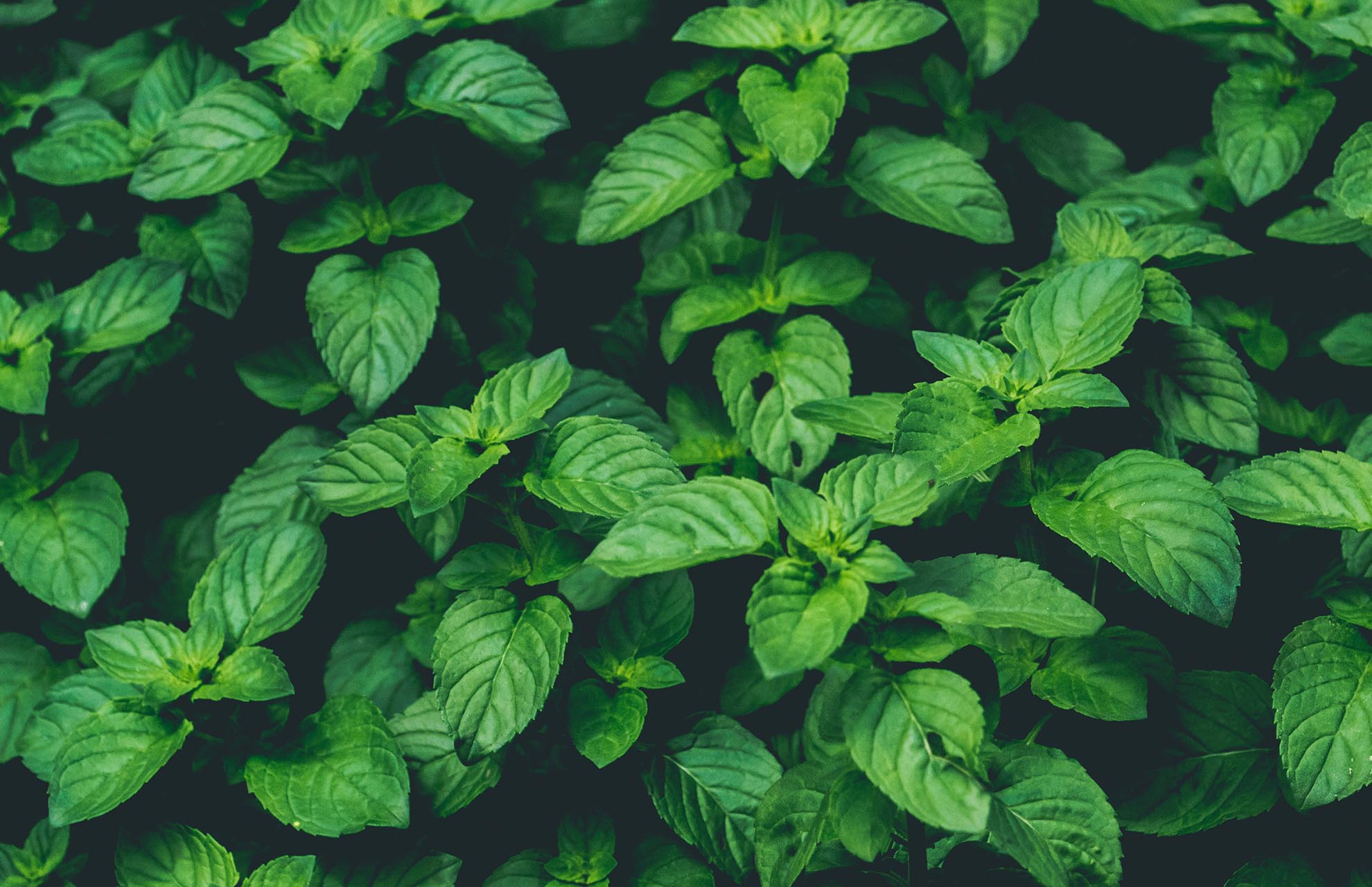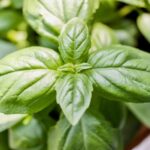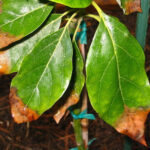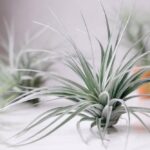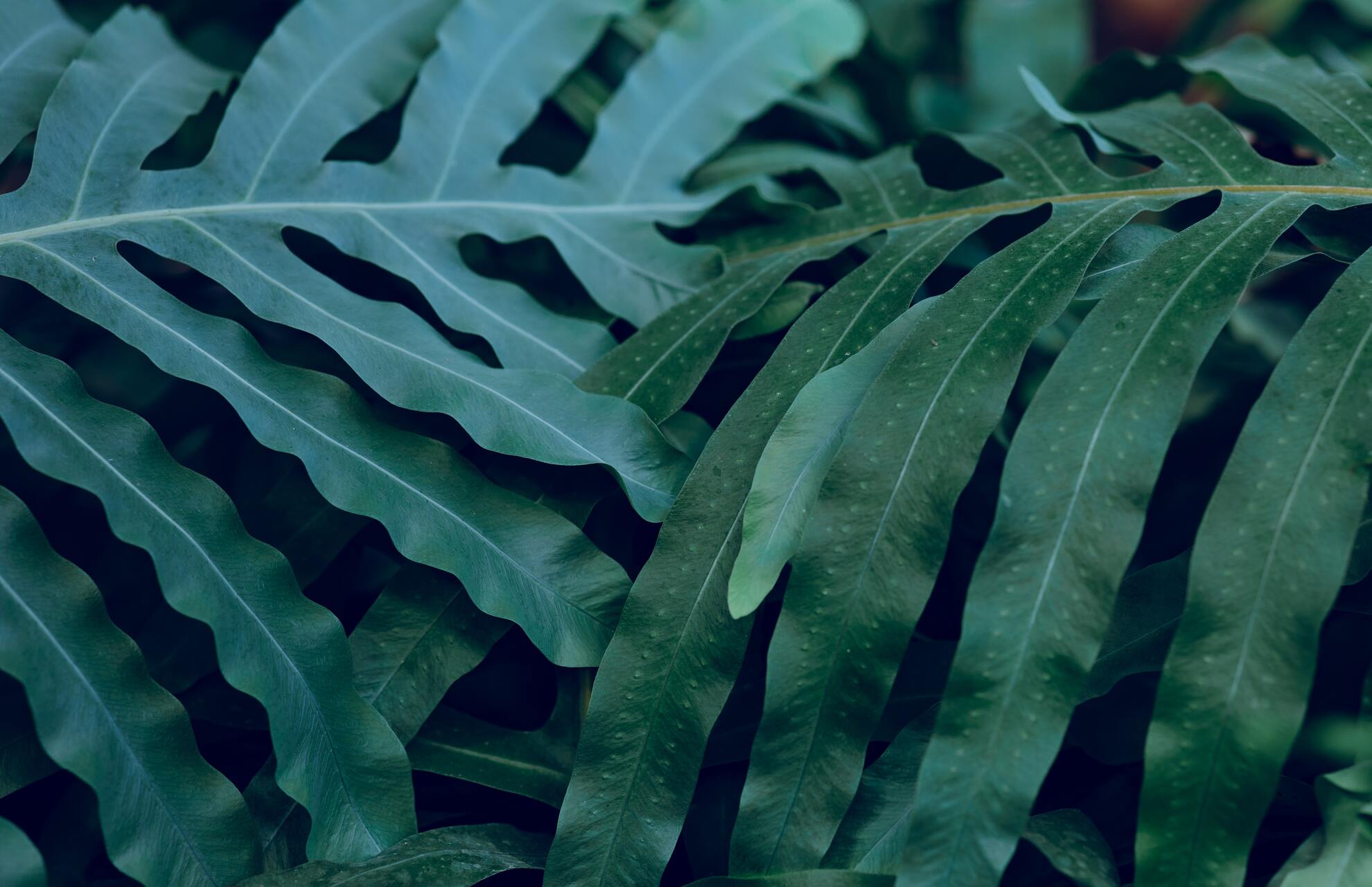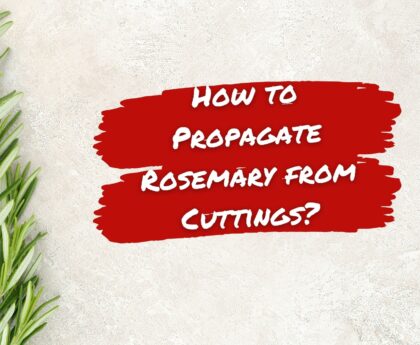One of the most well-liked herbs grown by home gardeners is undoubtedly basil. And most people who grow basil in their gardens have encountered the issue of yellowing basil.
Basil leaves can turn yellow for a number of different reasons. Some of them are fixable, while others merely signal that it’s time to stop focusing on the plant and move on.
Improper Watering
The quickest way to kill a basil plant is to overwater it. This herb requires well-draining soil that is kept moderately moist but not drenched in water. Excessive moisture can lead to root rot, which prevents the plant from absorbing vital nutrients. Actually, basil plants in pots are more likely to develop root rot than basil plants in the garden because yellowing leaves are one of the early signs of the disease.
With a drill, a 1/4″ drill bit, and safety goggles, adding drainage holes is simple.) for plastic, metal, or wooden containers. Ceramic or clay pots require more effort to add holes too. To puncture the bottom of plastic pots without a drill, use a hammer and a sizable nail.
Solutions:
- Examine your pot. Is there a water-excess drain hole in it? In the event that it does not, replant the basil in a clay pot with a drain hole. Go to step 2 if your pot has a drain hole.
- 1 to 2 inches of soil should be reached with your finger. You know the answer if the soil is soaking. Go to step 2 if the soil is wet and dry.
- Take the pot out of the saucer gently. Does the saucer have any water or moisture stains? If so, your root system is probably sitting in constant moisture. Go to step 4 if the saucer is dry.
- This step entails taking the plant out of the pot and examining the root system. White and pleasant to the touch are signs of healthy root systems. Your basil plant has root rot if the roots feel dark and slimy to the touch.
Fungal Disease
Downy mildew is one of the most prevalent fungal diseases, though basil plants can also develop yellow leaves from other fungi. Basil plants with downy mildew will have yellowish leaves and a fuzzy, gray, or brown growth. If the issue is discovered quickly, you might be able to stop the spread by clipping the affected growth. But it’s important to remove and properly dispose of plants that have been severely damaged.
Solutions:
- First, remove the plants from the humid area they are and equally space them to improve aeration. To stop the problem from spreading, isolate the affected plant.
- Second, you have to manually and gently remove the leaves affected by the fungus.
- Remember: The tiny pores that allow for easy airborne or water droplet transport are used by this fungus to spread. Therefore, depending on the defense provided by the other basil stem, it may or may not affect the remaining leaves of the plant if it gets on other leaves.
Growing Conditions
Basil leaves that are yellow can also be caused by cold temperatures. Basil prefers daytime temperatures that are above 70 degrees F. (21 C.). The temperature at night should be higher than 50 degrees F. (10 C.) Basil leaves that are yellow are frequently caused by a lack of sunlight. Six to eight hours a day of bright sunlight are preferred by basil. During the winter, basil grown indoors will probably require artificial light, ideally for 10 to 12 hours each day.
Therefore, check your room’s temperature. You can identify the cause of your yellow basil leaves if the temperature falls below 20°C.
Lack of sunlight can cause similar problems. Basil may begin to wilt (have floppy stems) and turn yellow if you give it less than six hours of direct sunlight.
Solutions:
Inspect your home’s warmest area. If it gets some direct sunlight, the windowsill is probably the best option. Maybe in a cramped space with a reliable heater. If not, you can build a small greenhouse for the plant.
Aphids
Aphids are minuscule pests that cause basil plants’ leaves to turn yellow by sucking the juice from tender foliage. Check for aphids at the joints of stems and leaves as well as on the undersides of leaves.
Insecticidal soap makes it simple to get rid of aphids, but you should take care when using it on hot days or when the sun is directly on the leaves because it can burn the plant.
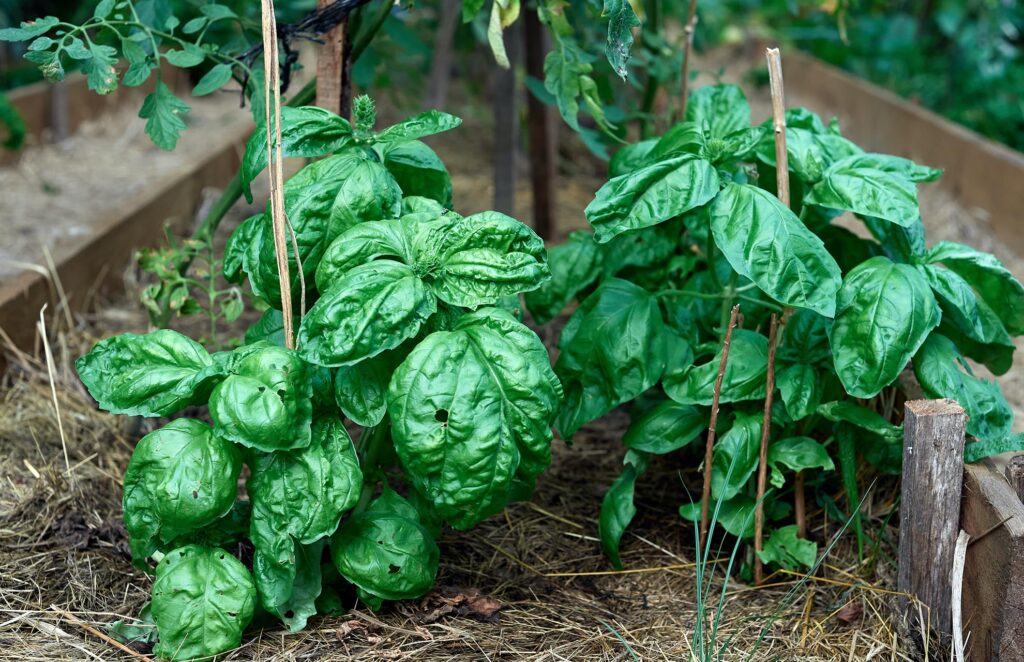
Solutions:
- First, look for a tiny yellow/brown spot. In some areas, the aphids take nutrients from your leaves. Consequently, you ought to be able to see yellow spots. These are tiny (less than a millimeter in size), yellowish/silver, and essentially round. Their location is entirely arbitrary. Your leaves being eaten too much is the only reason why whole leaves turn yellow.
- Second, check for some sticky, light yellow, dense liquid. This sugar is a byproduct of the aphids’ digestion of the nutrients in the leaves (it is found in their feces). Known as honeydew, this is. The likelihood that you have aphids is essentially 100% if you find them.
- Third, inspect leaves and stems. You ought to have a good number of aphids by now if your basil is starting to yellow. Since they are so small, aphids initially might be mistaken for dust. They commonly occur in groups. Simply move any pear-shaped clumps you come across with your finger. If they respond, you have aphids.
Potassium Shortage
The lack of potassium makes your basil leaves yellow among veins. Basil requires minerals to survive, just like any other herb. They come in large numbers. The most well-known are potassium, phosphorus, and nitrogen (since basil, like all other plants, requires them in large quantities).
Solutions:
A potassium-rich fertilizer can be added in this situation. They are available in a nursery or online retailers such as Down to Earth here on Perhaps it would be simpler and more cost-effective in the long run to simply replace the potting soil. Basil should grow well if the potting soil does not contain an excessive amount of fertilizer.
Wrong Type Or Size Of Pot
You might be dealing with a plant that has outgrown its container if your plant struggles and your basil leaves are turning yellow.
Solutions:
- When we harvest our basil plants regularly throughout the season, they become big and bushy.
- Additionally, this implies that the root system expands and matures.
- The roots of your basil plant should be checked if the plant appears unhealthy and the leaves turn light green or even yellow. Your plant most likely outgrew its container.
- Examine the root system after removing the plant from the pot. If it has more roots than soil you need to transplant your basil into a larger size pot.
Lack Of Nutrients
Although it is a tough plant that grows well in unfavorable conditions, nutrients are still necessary for basil to flourish. Use an all-purpose balanced fertilizer to fertilize basil frequently to avoid yellow basil leaves.
During their growth and development, basil plants respond favorably to slow-release fertilizers. Intentionally quick to release, liquid fertilizers. Slow-release fertilizers have pebble- or bead-like granules that release nutrients into the soil over a period of weeks to months.
Solutions:
Add a slow-release fertilizer to your soil when you replant your basil plant or even when you first transplant your seedling. Nevertheless, be sure to find out how long the fertilizer will release nutrients because this time frame can range from a few weeks to several months.
Additionally, keep in mind that the soil loses more nutrients the more you water your plants.

